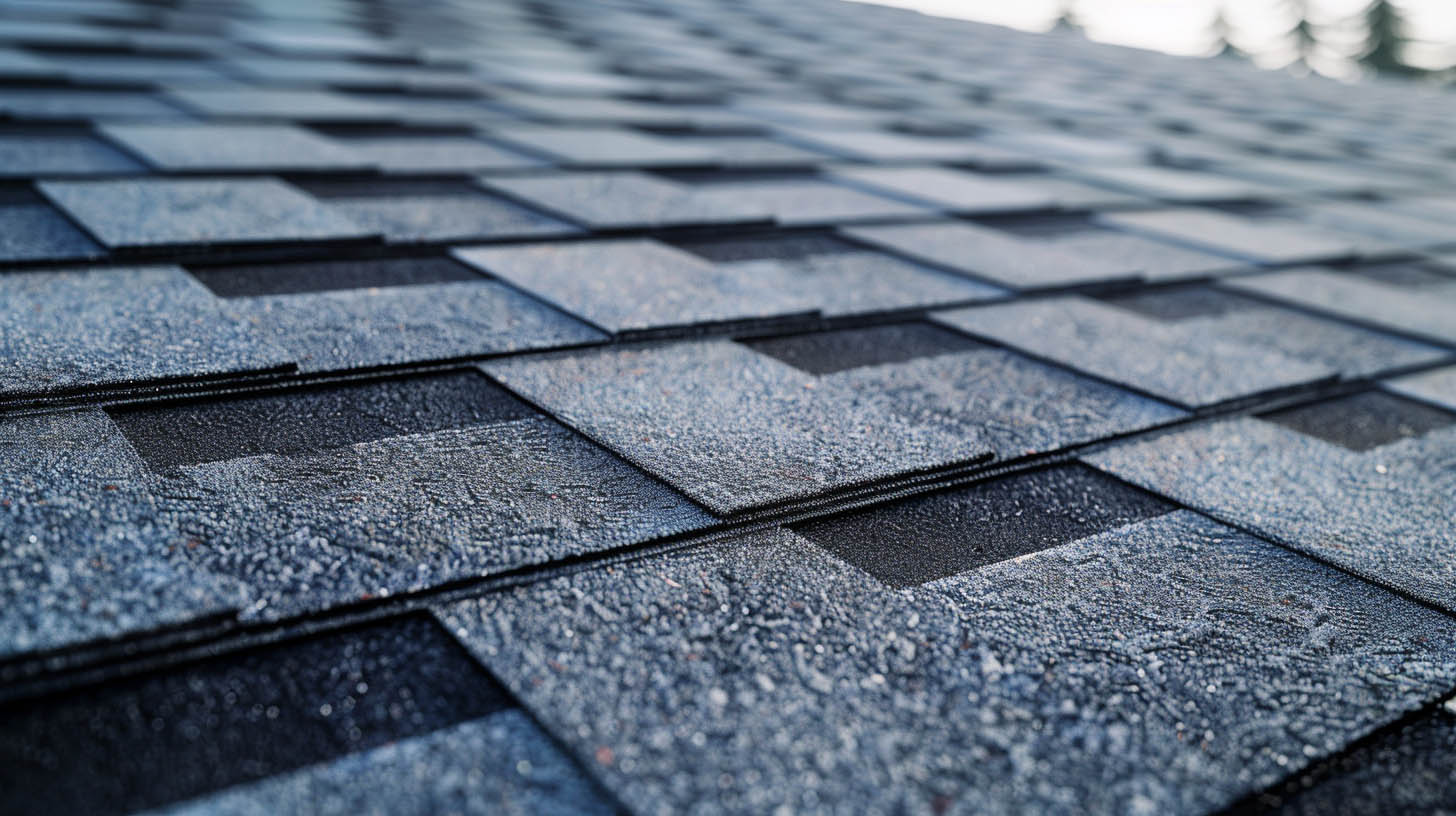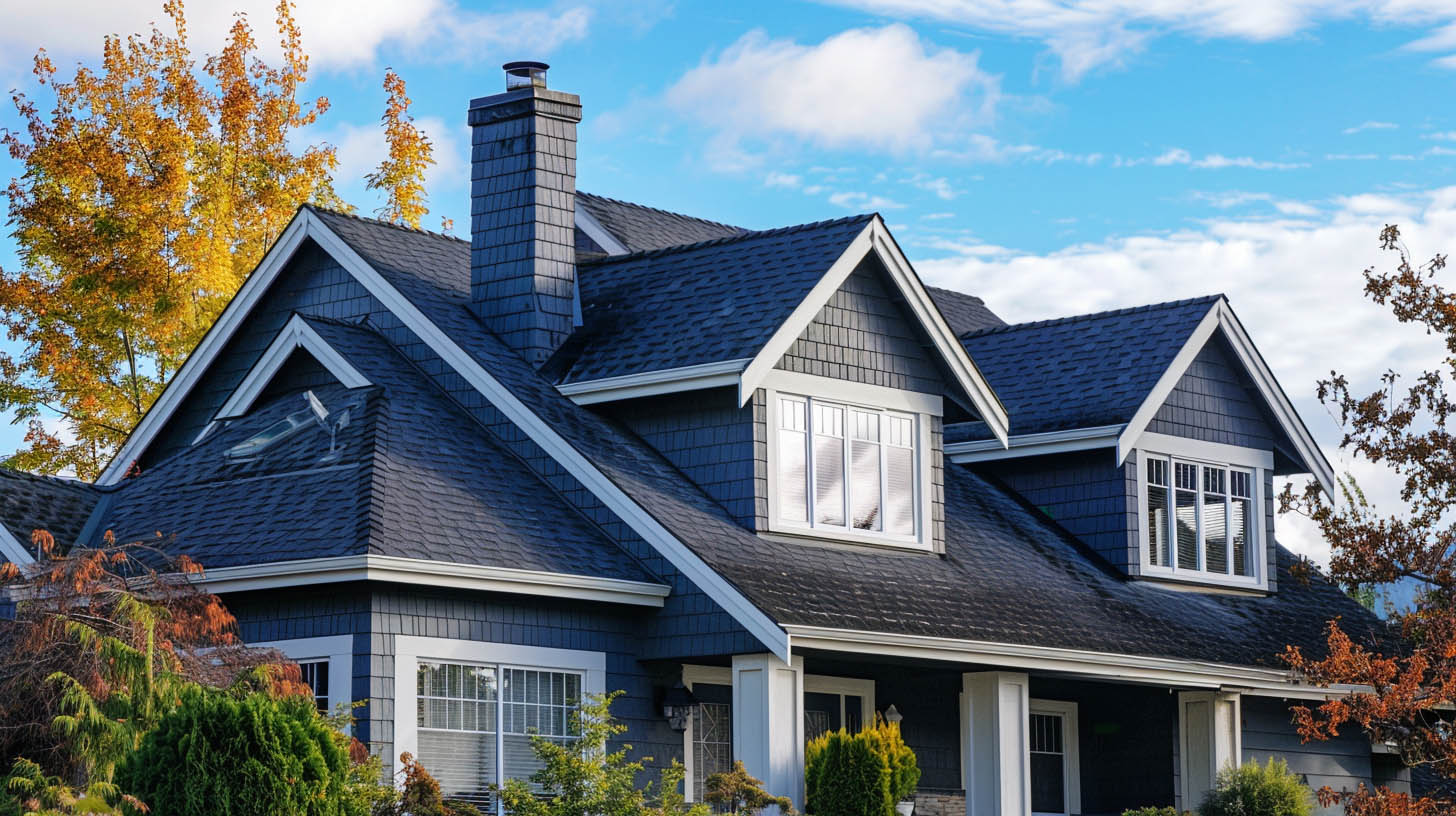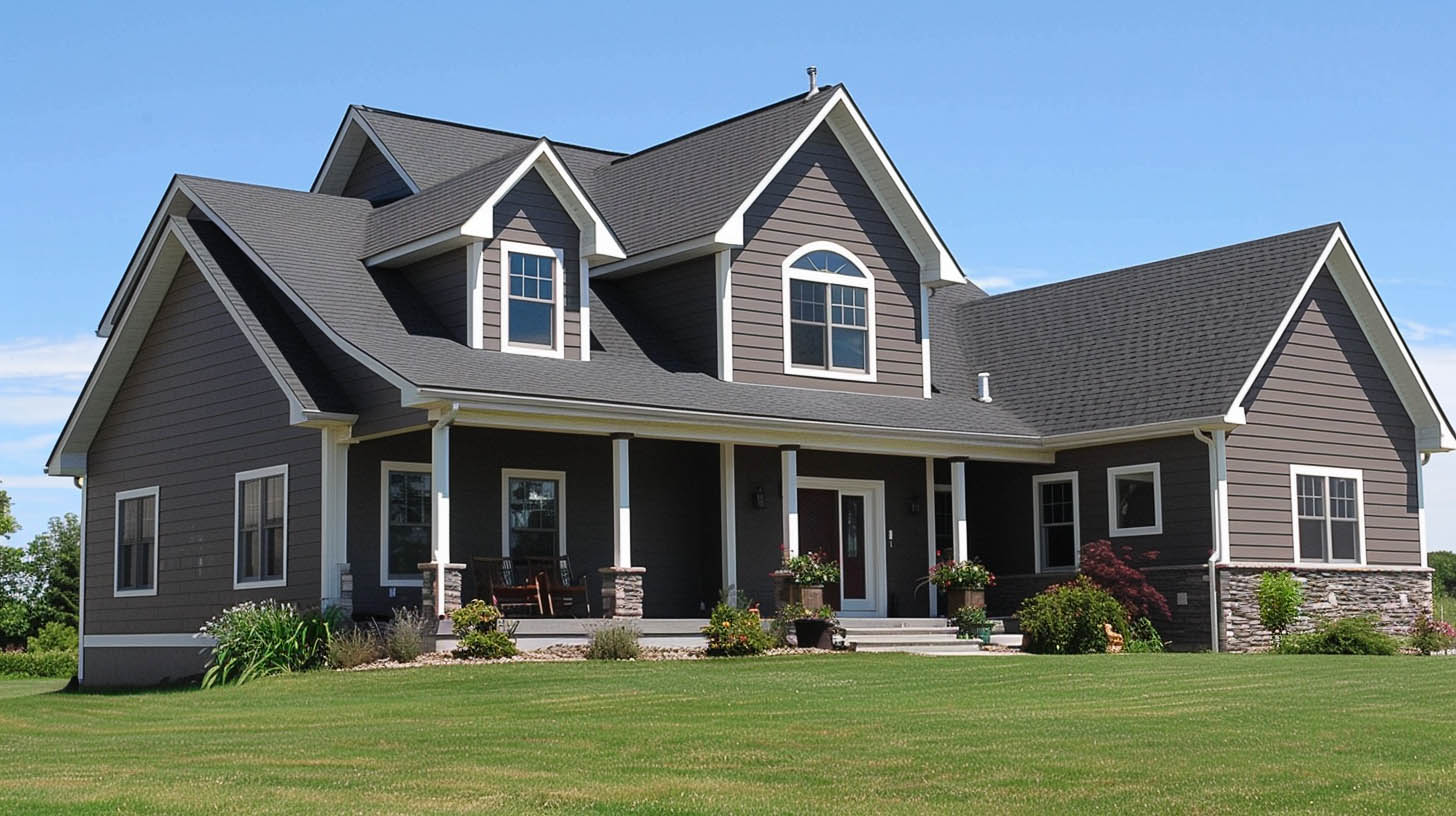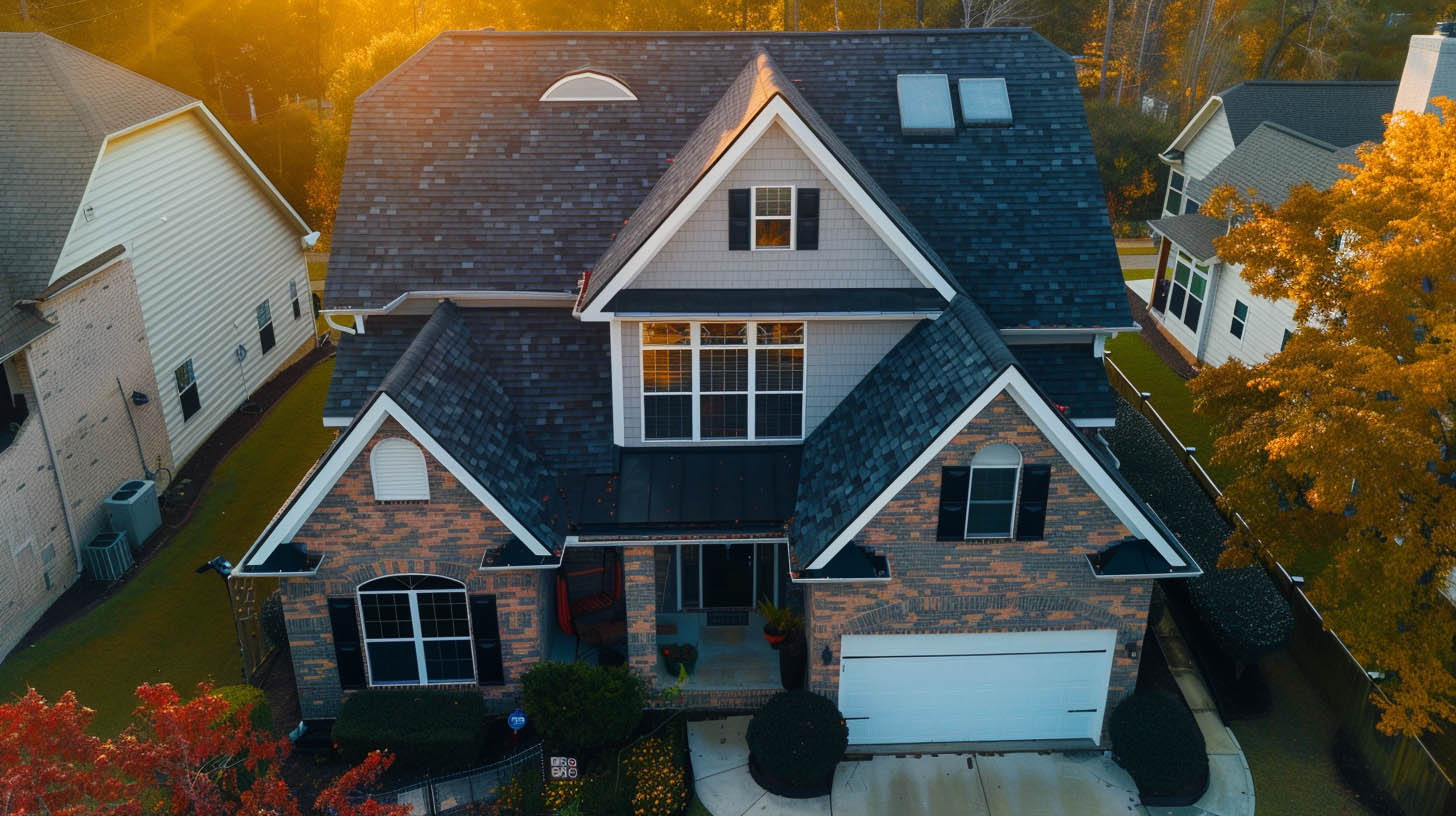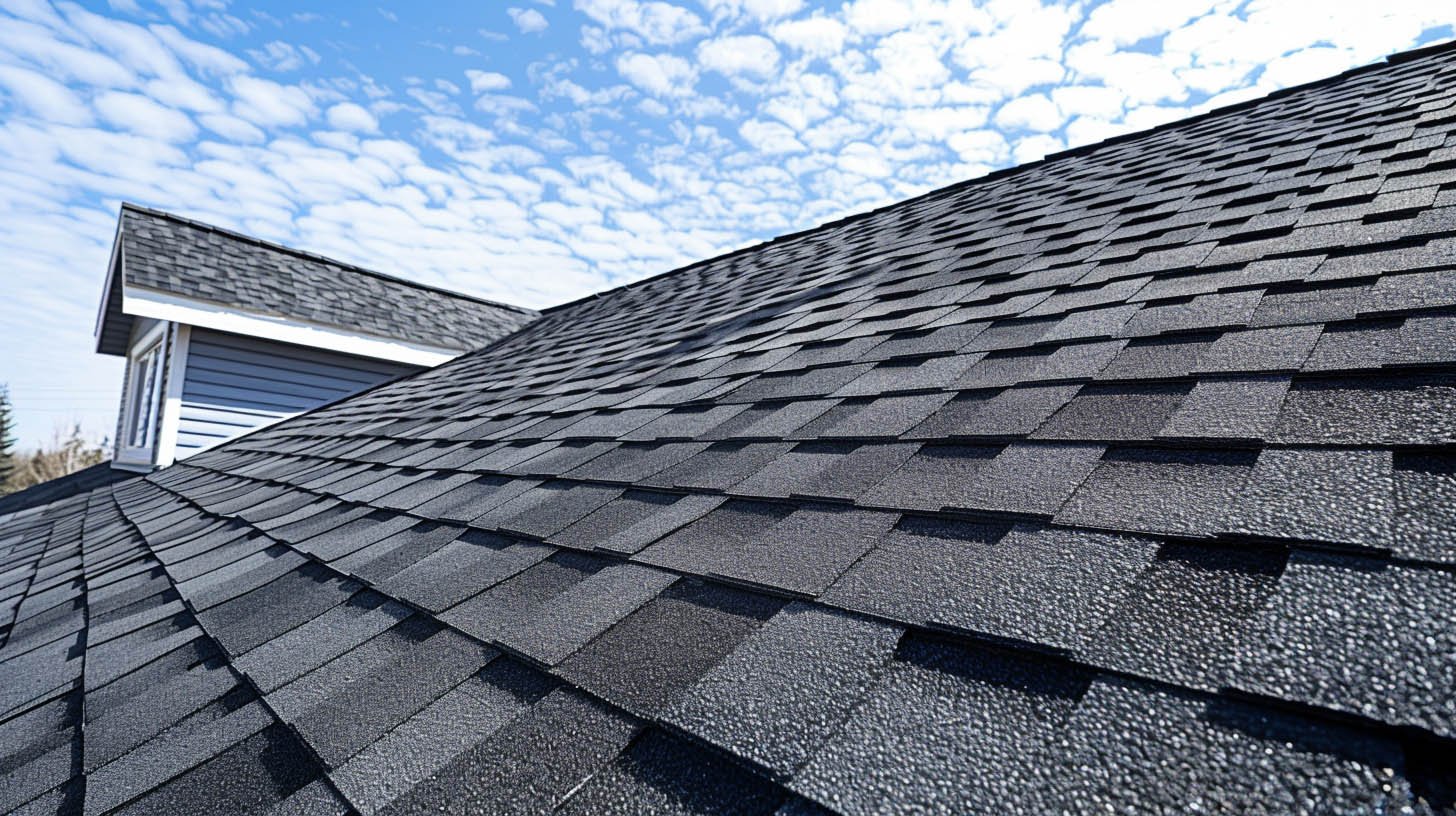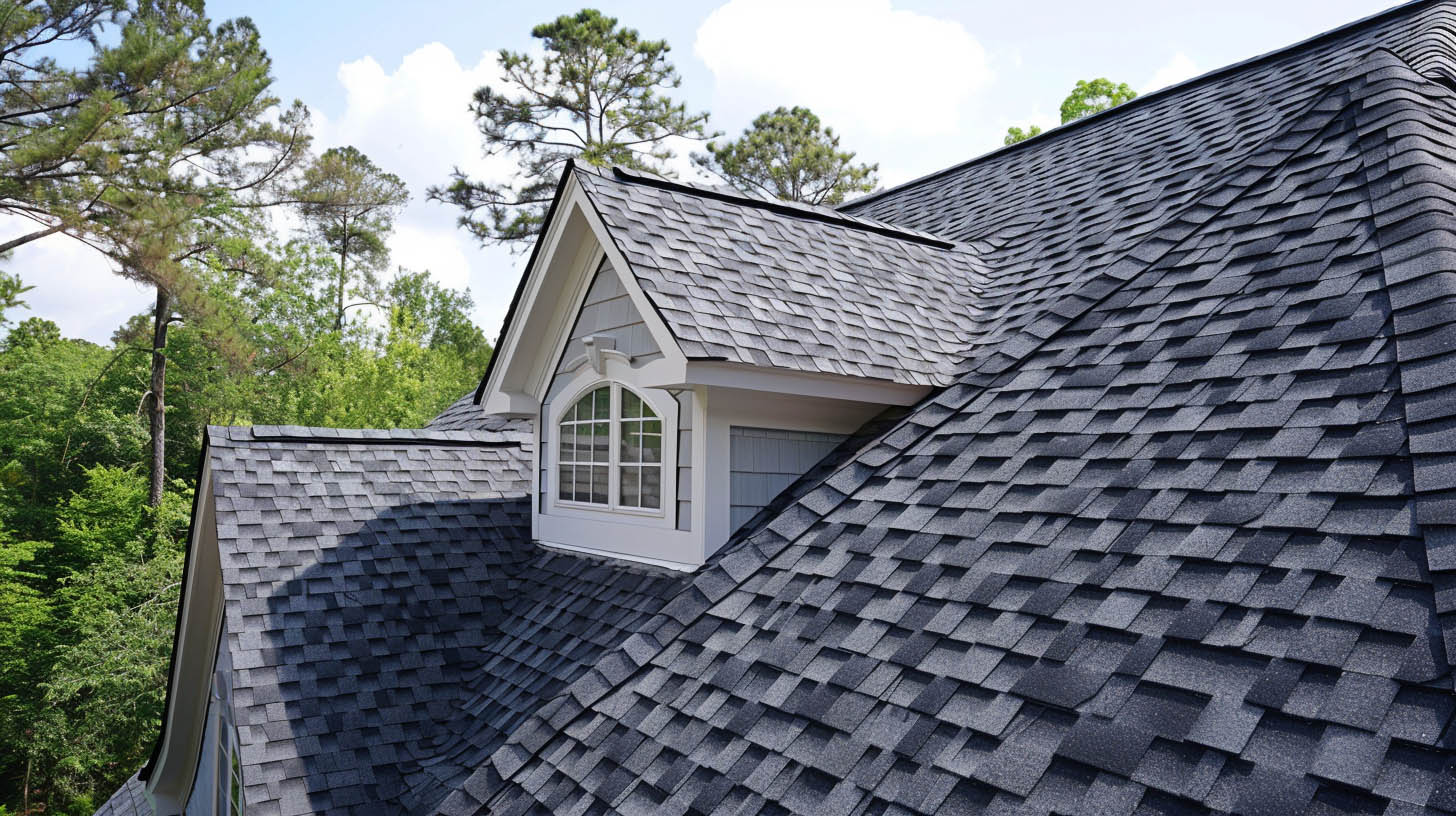Exploring Dimensional Shingles for Modern Homes
Dimensional shingles have revolutionized roofing aesthetics, offering a sophisticated alternative to the traditional flat appearance of asphalt shingles. These multi-layered shingles are not only more visually appealing but also provide enhanced durability and performance.
What Sets Dimensional Shingles Apart?
Unlike standard asphalt shingles, dimensional shingles boast a dual-layer construction. This structure imparts a rich texture and depth, mimicking the appearance of natural wood shakes or slate tiles. Their varied size and alignment create dynamic shadow lines, making the roof’s surface more intriguing and refined.
Diverse Styles for Every Home
Manufacturers have expanded the range of dimensional shingles, now including options that resemble old-world, Victorian, or even rugged, dramatic designs. Known also as architectural or designer shingles, these products come with additional ornamental features, such as unique cuts and color blends, to enhance their aesthetic appeal.
Enhanced Performance and Durability
Dimensional shingles are constructed to withstand severe weather conditions, including high winds up to 130 mph and heavy rain, outperforming their traditional counterparts. With potential lifespans reaching 40 years, they are a cost-effective roofing solution, offering extended warranties due to their robust nature.
Cost Considerations
While initially more expensive—about 20% more than traditional asphalt shingles—the long-term benefits of dimensional shingles justify the investment. Prices typically range from $3 to $6 per square foot, depending on the style and quality selected.
Benefits of Upgrading to Dimensional Shingles
- Aesthetic Variety: A broad selection of styles and colors allows homeowners to achieve a unique look for their roofs.
- Longevity: These shingles often come with warranties of 40-50 years, reflecting their durability and quality.
- Structural Benefits: Their heavier construction reduces the likelihood of warping and conceals imperfections in the roof’s structure.
- Universal Application: Suitable for various roof pitches and types, dimensional shingles are versatile and widely available.
Potential Drawbacks
The main disadvantage is the higher initial cost, which may be a consideration for some budgets. Additionally, the intricate cutouts and organic material composition can make them more prone to algae and mildew, though proper maintenance can mitigate these issues.
Conclusion
For those considering a roofing upgrade, Trojan Roofing in Indianapolis, IN, offers expert guidance on choosing the right dimensional shingles to enhance both the performance and curb appeal of your home. With their substantial benefits, these shingles represent a smart investment for long-term home improvement.
If you want to know more about estimating the cost of residential roof replacement, click here.

